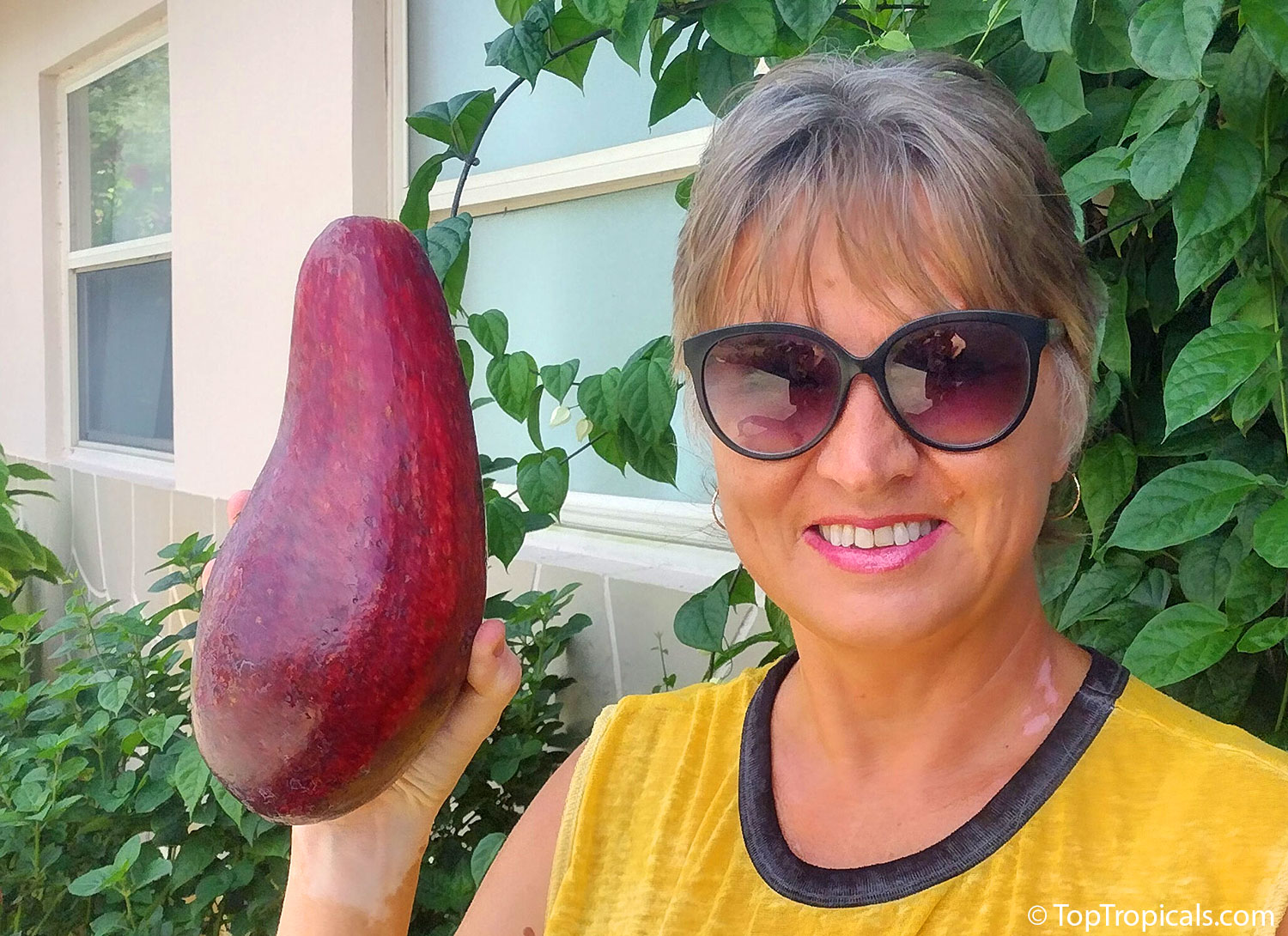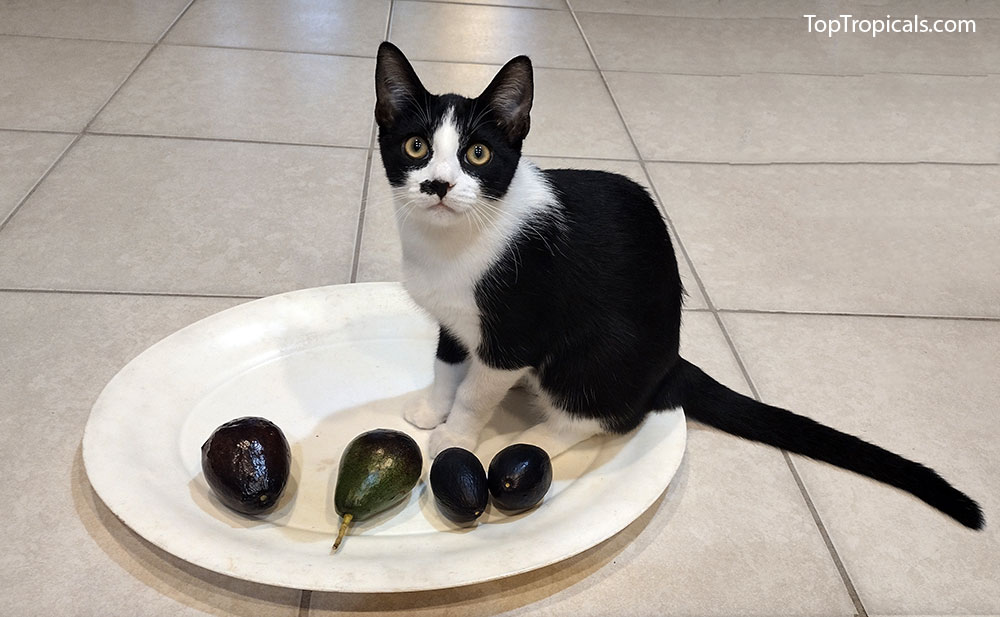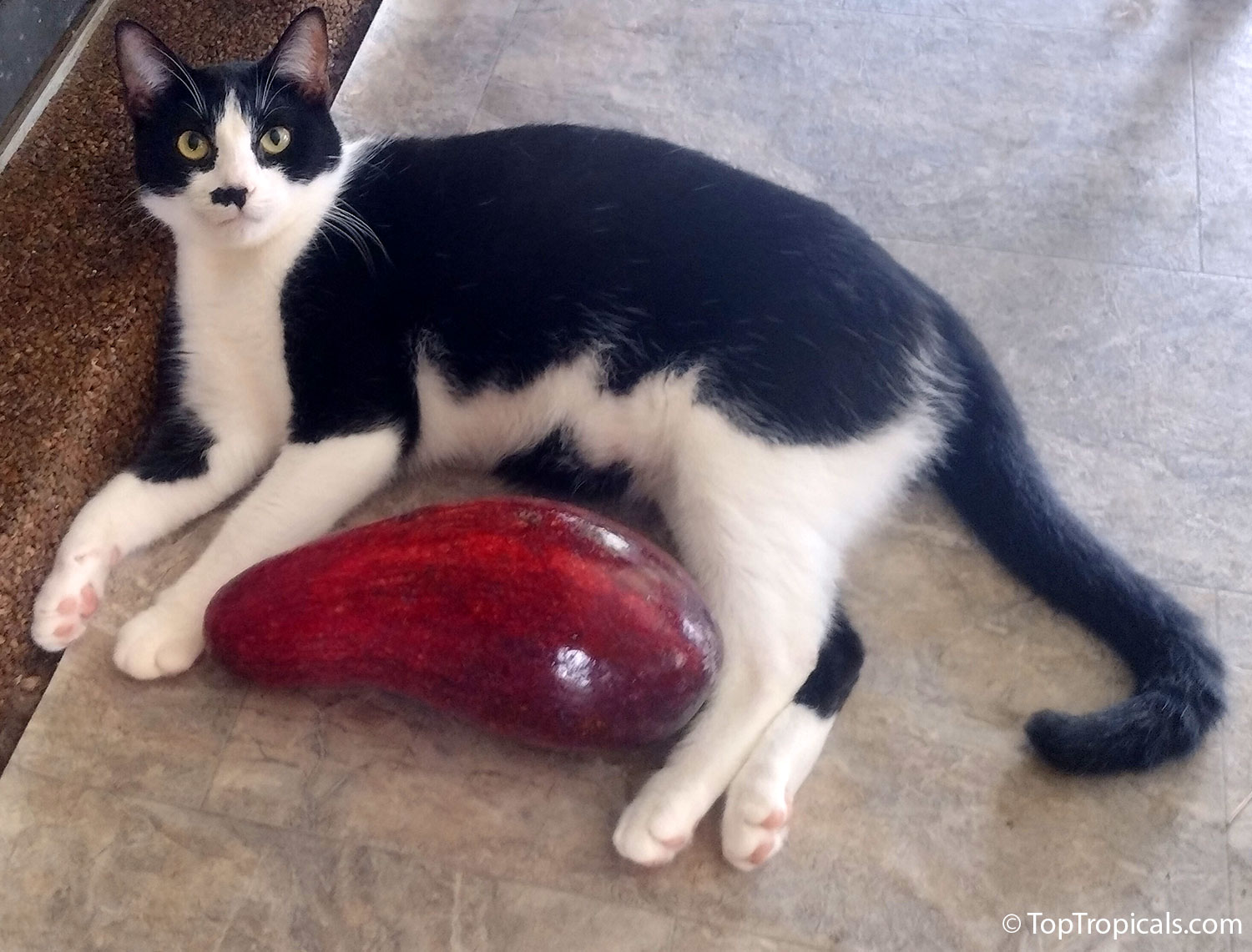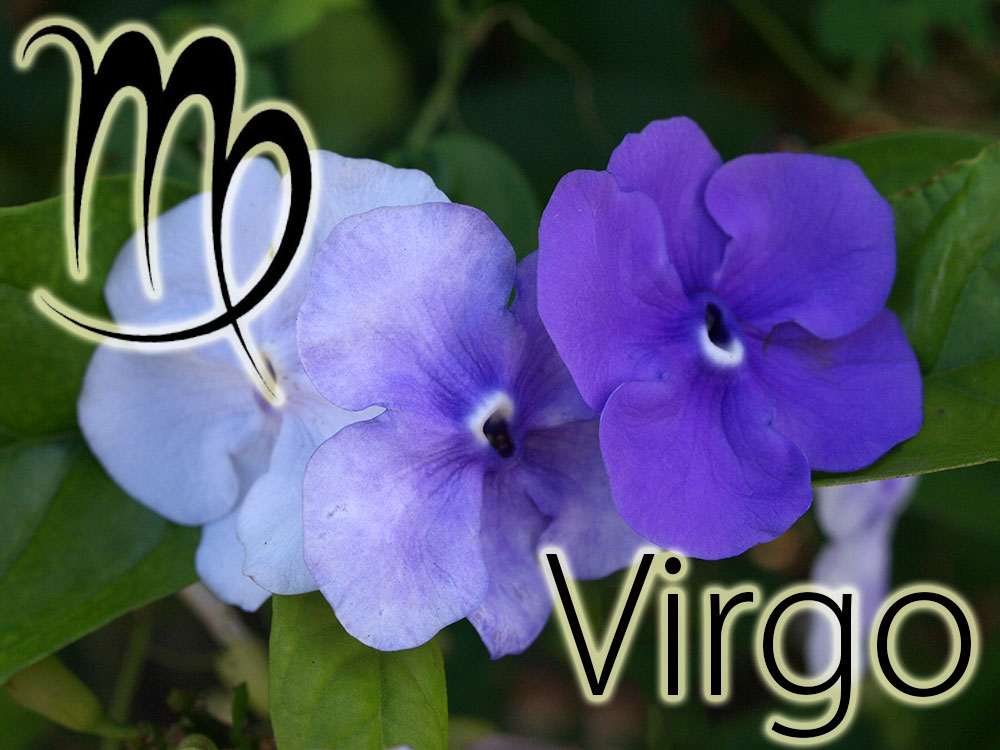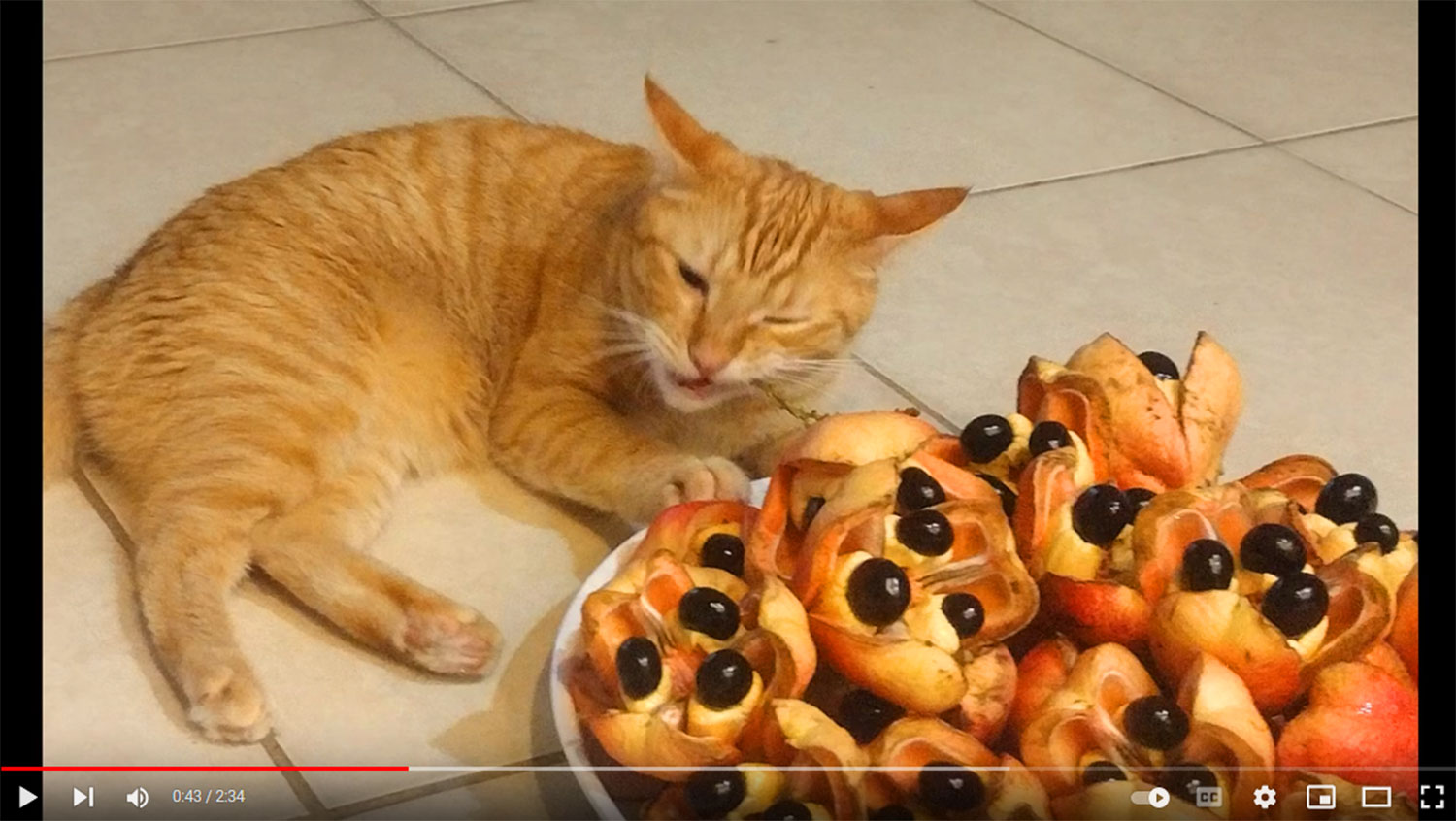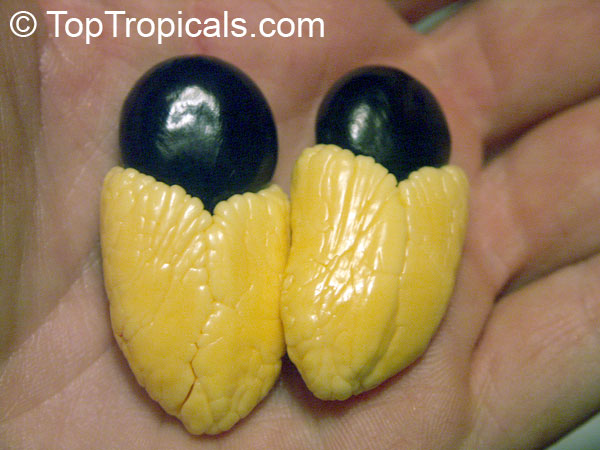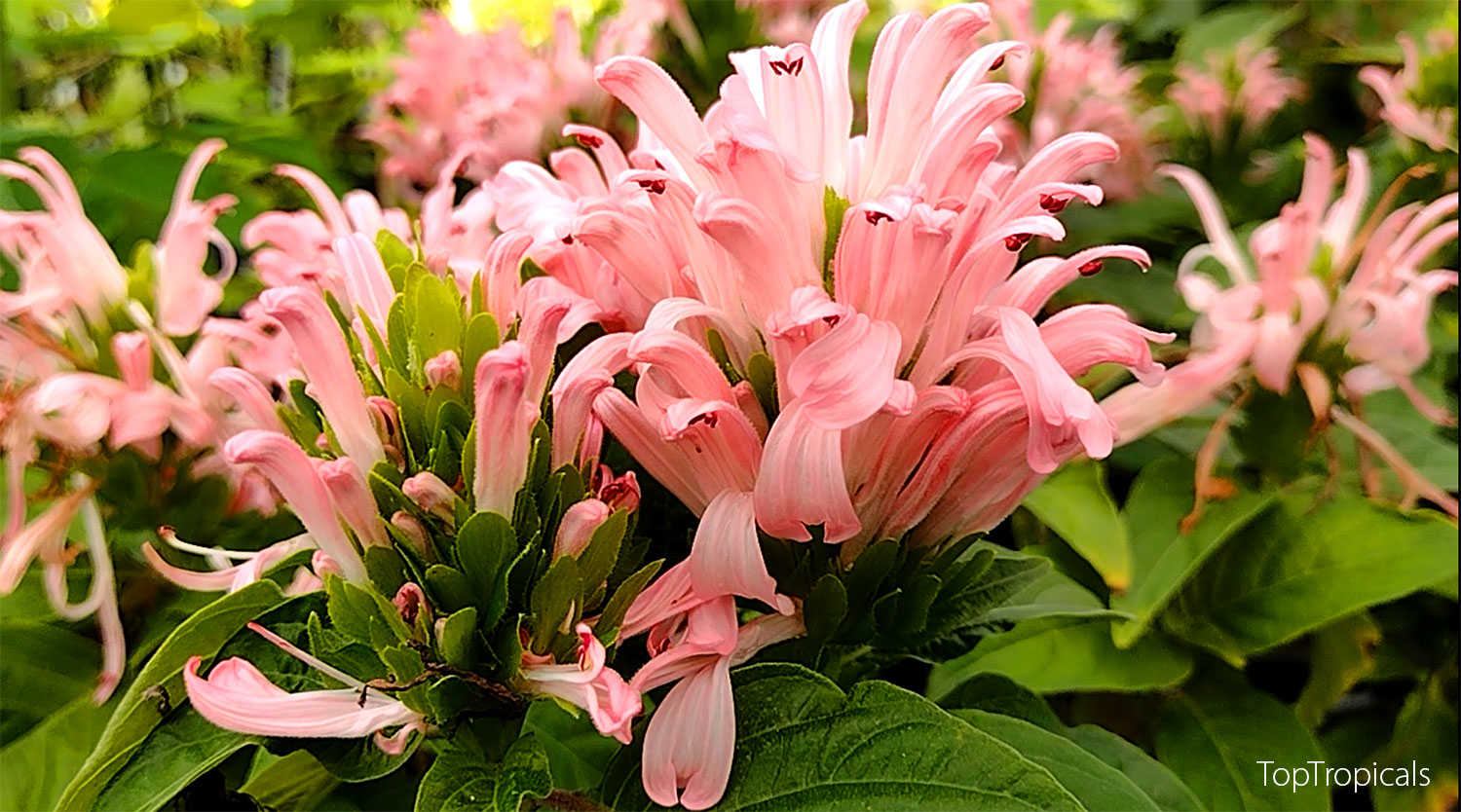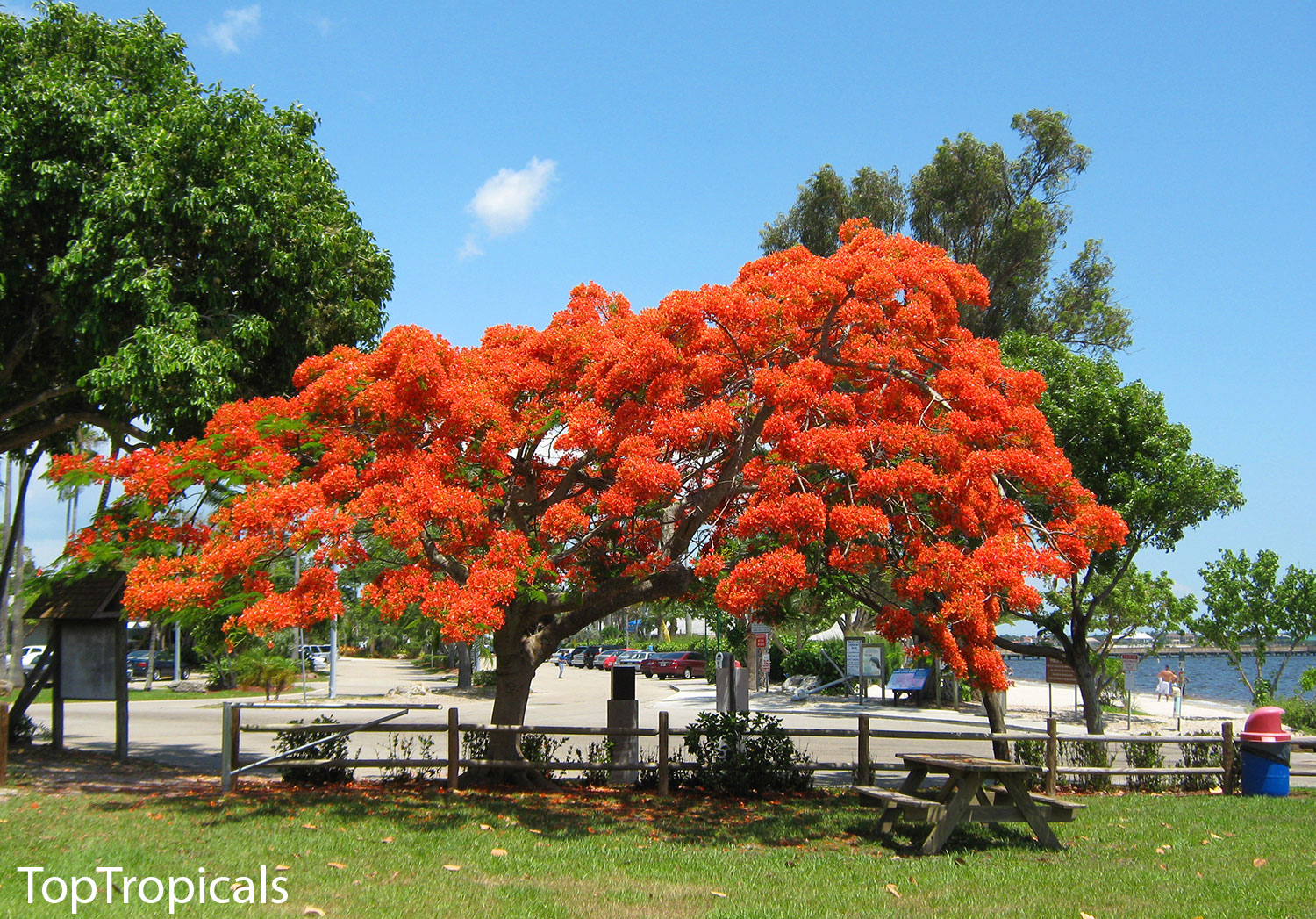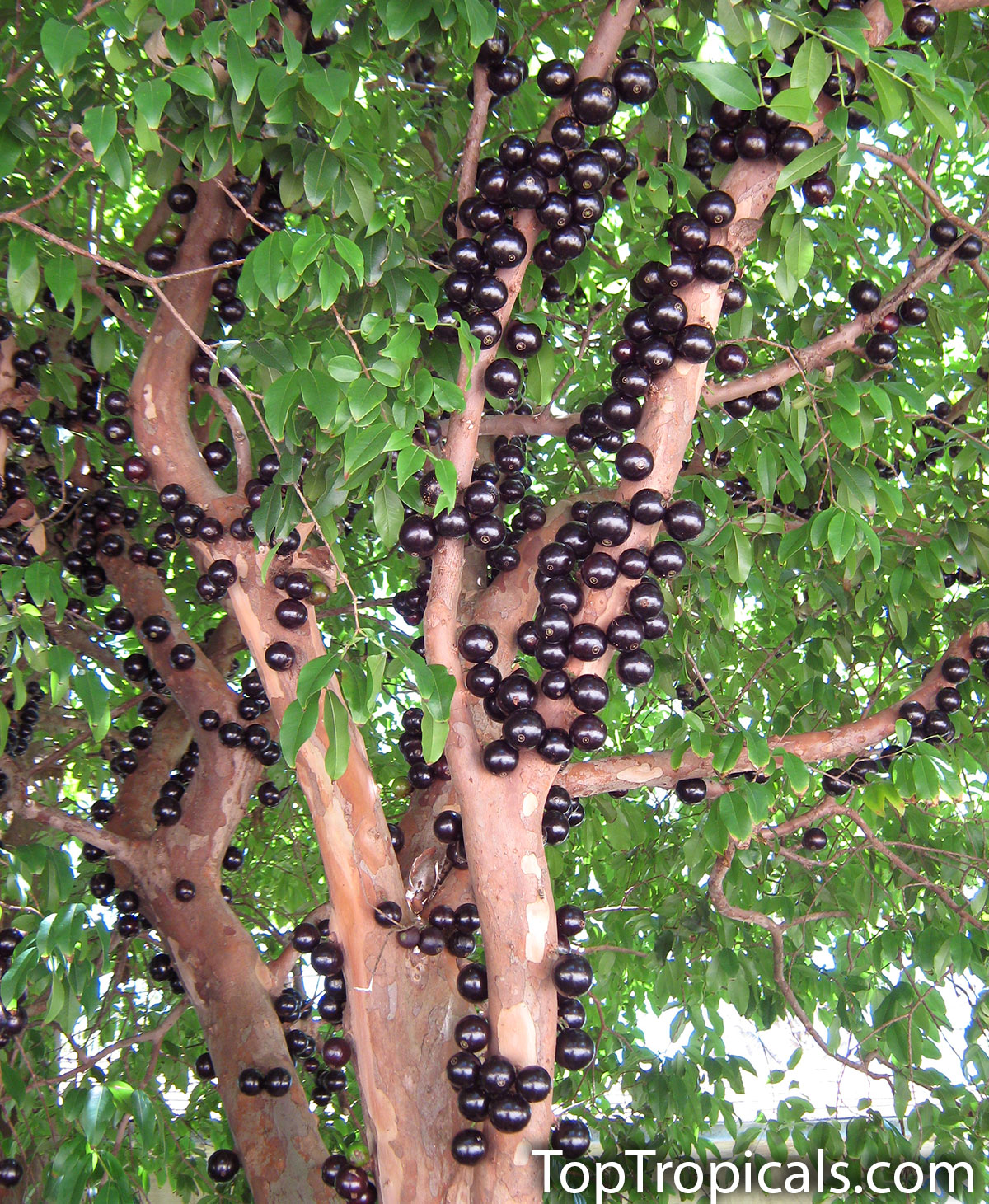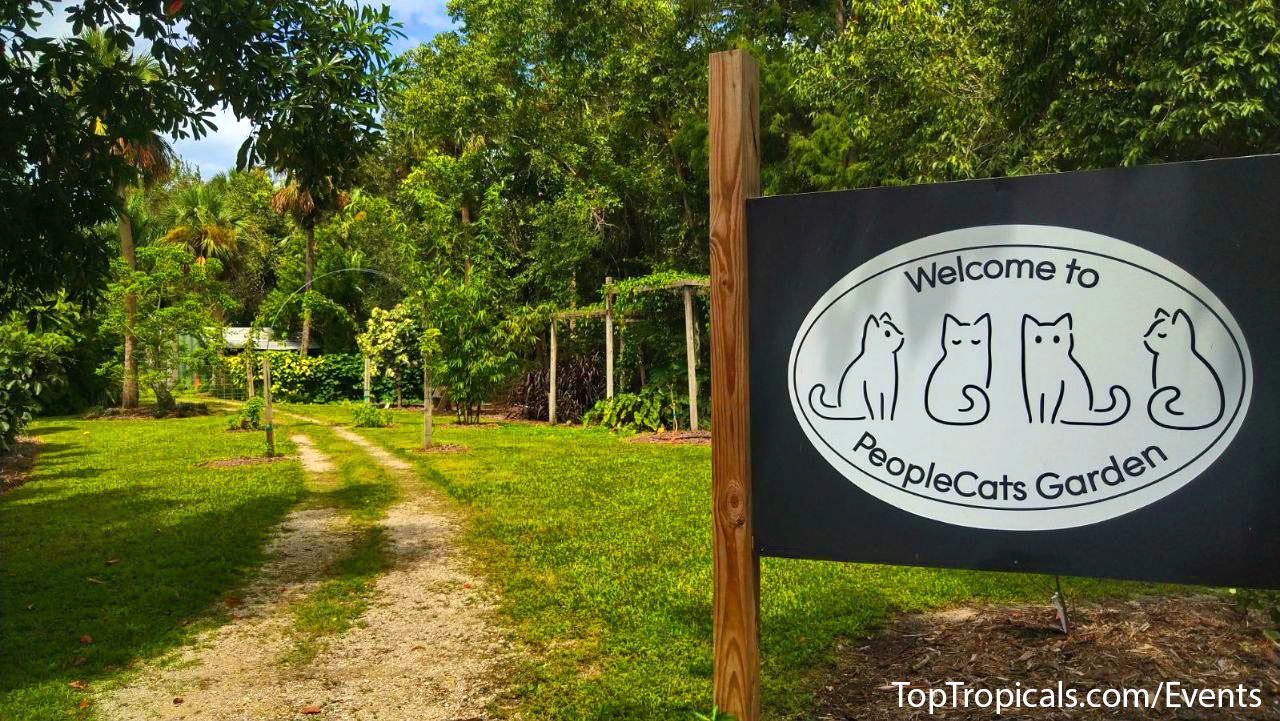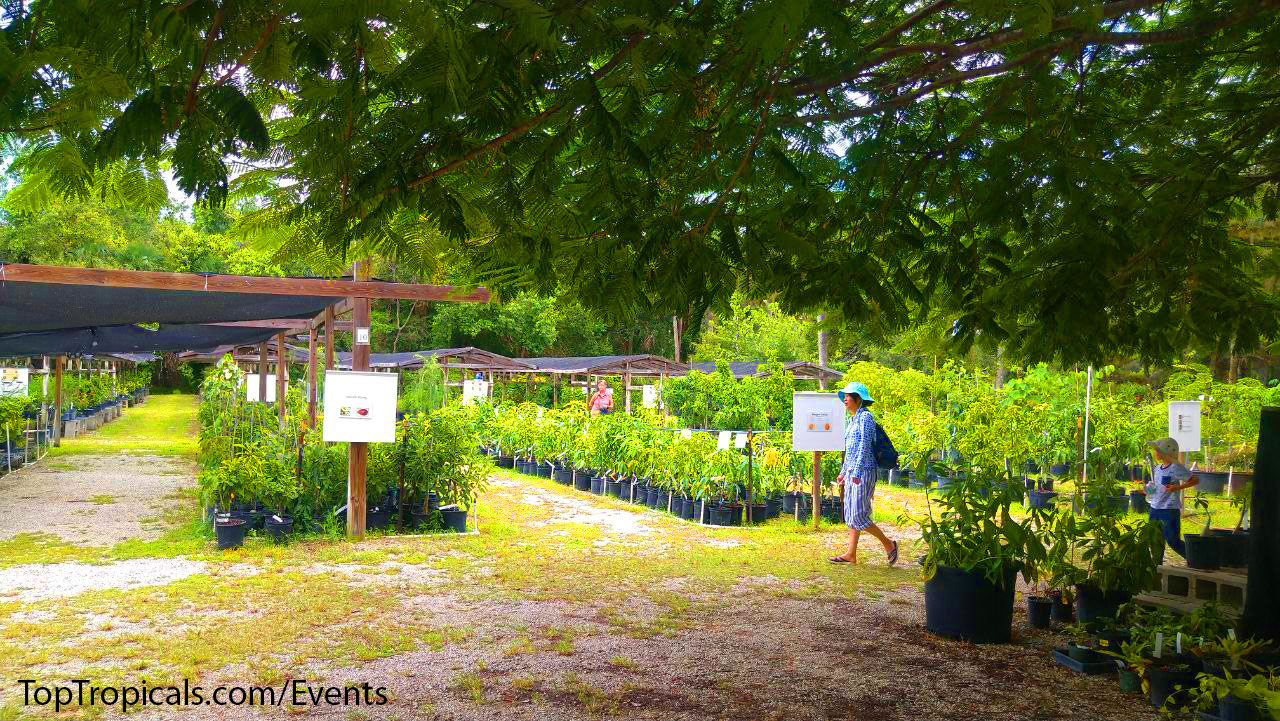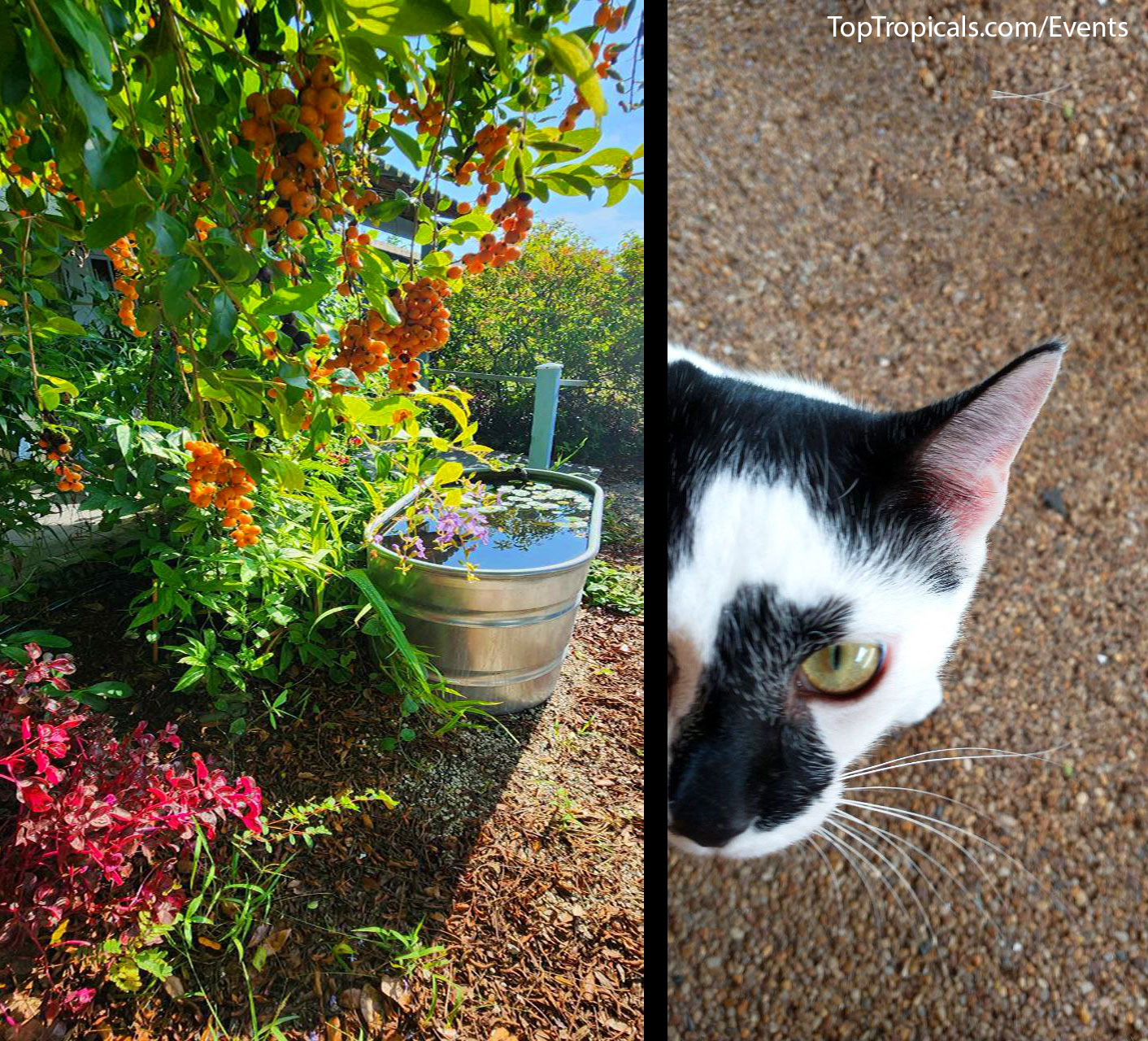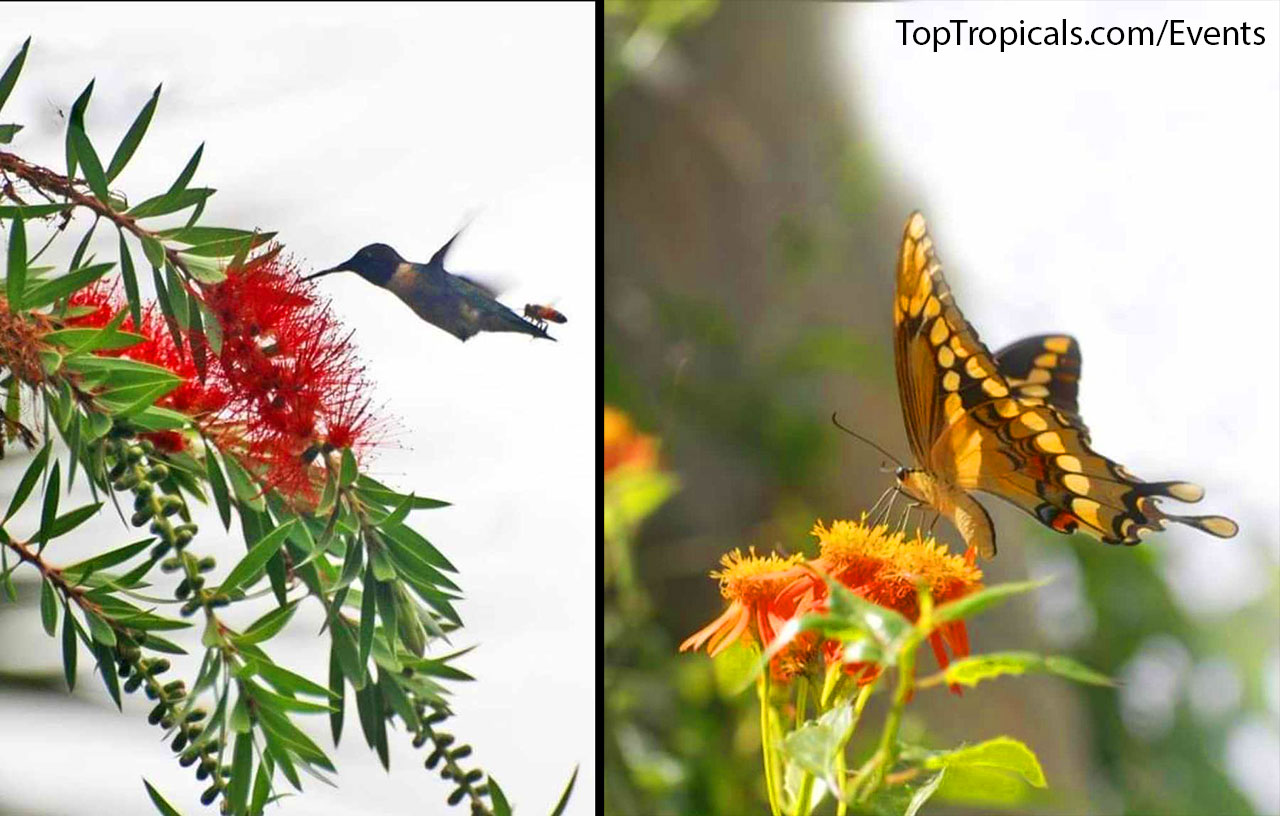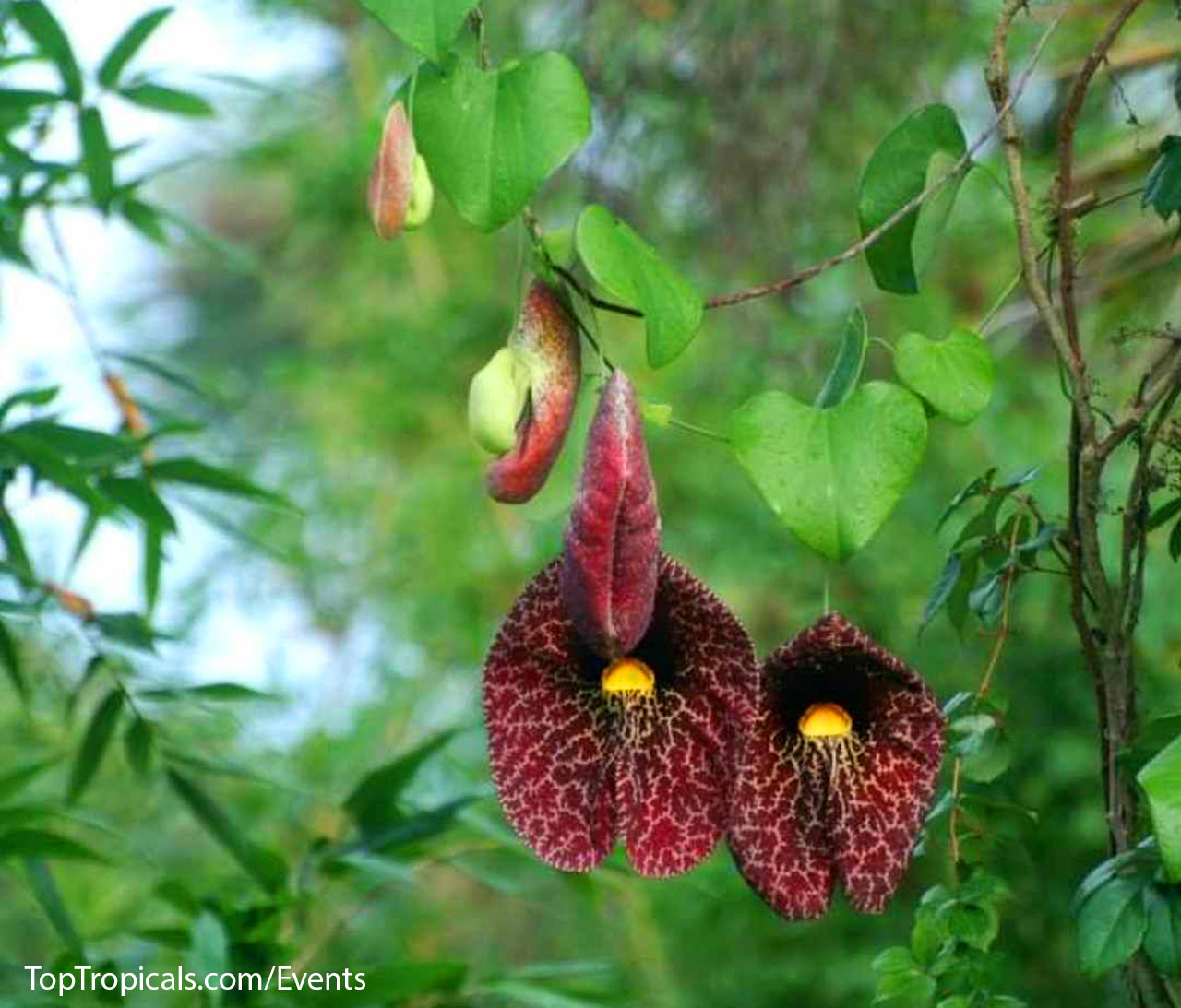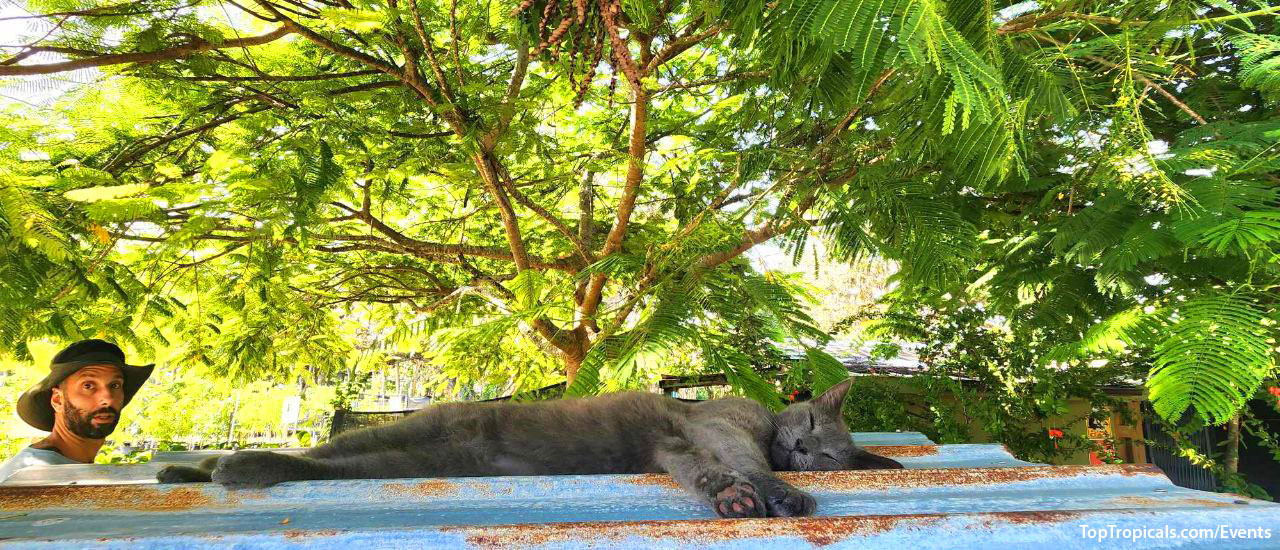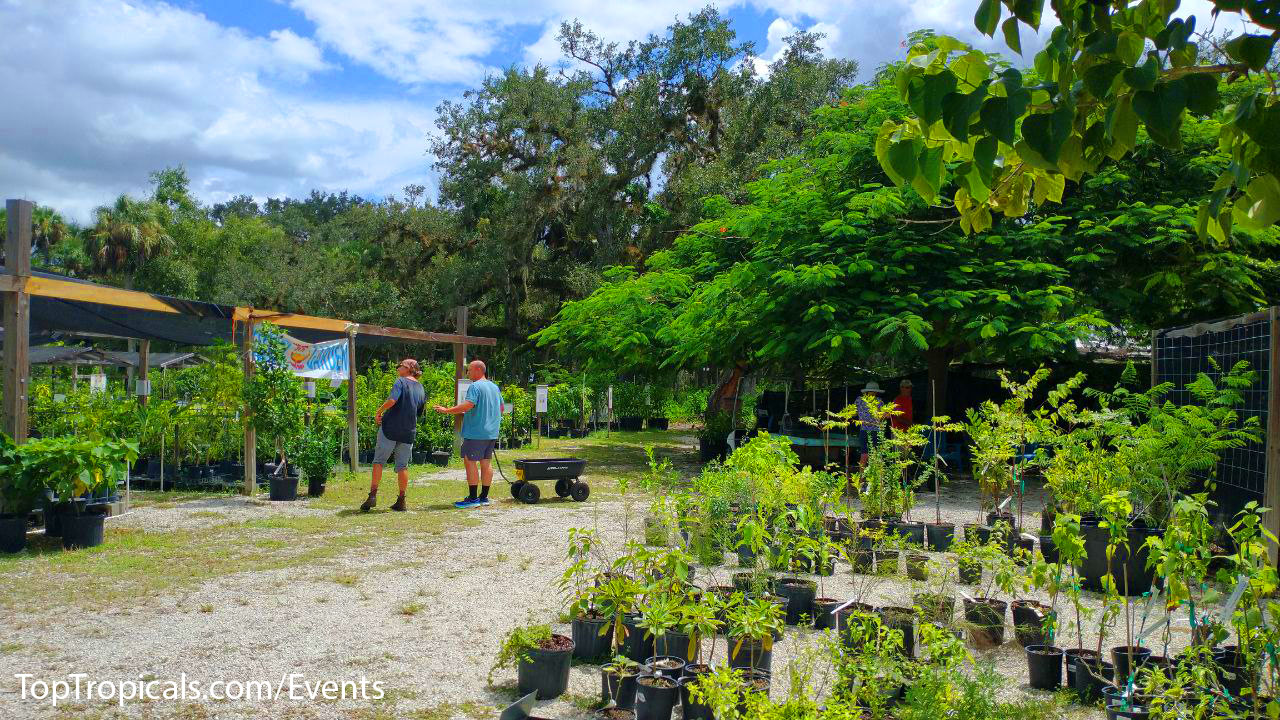Garden Blog - Top Tropicals
Date:
Avocado Variety Guide: Snack or Guacamole?
Collector's inspiration
Photo above: It's NOT an egg plant! It's a Red Russell :)
A comprehensive guide to Avocado varieties by: flower type A or B, tree habit, fruit shape and quality, cold hardiness, origin, season and more!
Many gardeners who are eager to purchase their first avocado tree often wonder which variety to choose. Most people are familiar with two primary classifications commonly found in grocery stores: Small & Black or Large & Green.
Frequently, we hear customers ask, "Do you have the one I like, the smaller fruit with bumpy skin? Not that big, tasteless, and watery one!" What they may not realize is that this basic (but practical!) classification doesn't encompass all the wonderful qualities avocados have to offer. There are numerous hybrids in cultivation, and once you plant your first tree and taste the REAL fruit (not from the grocery store), you'll be eager to explore other varieties. It's a guarantee! While it's true that avocado fruit can vary in "butter" content and how "watery" or "buttery" it is, most superior varieties are equally delicious. Or perhaps we should say they are so versatile and distinct in taste that you'll start building your collection of these trees, much like fruit enthusiasts do with mango varieties.
Every garden has unique requirements based on climate, temperature, and property size. These factors must be considered before planning your avocado garden. Additionally, many gardeners may wonder about Type A vs. Type B classifications and whether they need more than one tree to yield fruit. You'll find all this valuable information in our Avocado Variety Guide.
Basic classifications of avocados
1) By flowering pattern and pollination behavior: Type A and Type B
2) By origin: Mexican, Guatemalan, and West Indian (along with many hybrids)
3) By fruit appearance, texture and taste: Guacamole Avocado ("Smooth skin") and Snack Avocado ("California" or "Hass" type)
4) By growth habit: full size trees, free branching or upright, semi-dwarf low growing, and dwarf ("condo avocados")
5) By cold hardiness: Cold sensitive (requiring frost-free conditions), cold tolerant (able to withstand light frost), and cold hardy (capable of enduring some hard freezes once established)
6) By ripening season: Early or Spring (March-June), Mid or Summer (July-September), and Late or Fall-Winter (October-February).
Date:
Go Bananas!
10 good reasons to plant bananas in your garden
Adding banana plants to your subtropical garden or plant collection can enhance the aesthetics of your outdoor and indoor space, provide fresh and nutritious fruits, and offer a fun gardening experience with relatively low maintenance requirements. It's a delightful way to connect with nature and enjoy the benefits of homegrown produce.
1. Tropical Ambiance: Banana plants bring a touch of the tropics to your subtropical garden. Their large, lush leaves create a lush and exotic atmosphere that can transform your garden into a tropical paradise.
2. Homegrown Flavor: Growing your own banana trees allows you to enjoy the freshest, most flavorful bananas right from your garden. Homegrown bananas often have a superior taste compared to store-bought varieties.
3. Nutritional Benefits: Bananas are packed with essential vitamins, minerals, and dietary fiber. By cultivating your own banana trees, you gain access to a nutritious and healthy snack option right in your backyard.
4. Quick Results: Banana plants are known for their fast growth. In subtropical climates, they can produce fruit in as little as one to two years. This means you don't have to wait long to savor the fruits of your labor!
5. Low Maintenance: Banana trees are relatively low-maintenance once established. They require regular watering, but their hardy nature makes them a relatively easy addition to your garden. They are not messy in a landscape.
6. Versatility: Bananas offer versatility in your garden. You can choose from dessert bananas for snacking, cooking bananas like plantains for culinary experiments, or even ornamental banana varieties to enhance your garden's aesthetics. There are so many varieties to enjoy! You can't find this big selection in a grocery store.
7. Sustainable Living: Growing your own bananas reduces your reliance on store-bought produce, contributing to a more sustainable lifestyle. It also minimizes the carbon footprint associated with transporting fruits to market.
8. Educational Value: Cultivating banana plants can be an educational experience for both adults and children. It offers insights into tropical horticulture and can foster an appreciation for gardening and botany.
9. Landscaping Appeal: Beyond their fruit-bearing potential, banana plants add visual interest to your garden. Their unique form and striking leaves make them an excellent choice for landscaping and providing shade in your outdoor space.
10. Resilience: While bananas thrive in tropical conditions, many banana varieties are hardy enough to withstand cooler climates, making them a durable addition to your garden.
Date:
Paws of the week: Clifford, the Watch Dog
Introducing Clifford, the freshest face on the Top Tropicals team at the
Garden Center and an honorary partner of the PeopleCats (or should we say, PeoplePaws). This
dynamo has been appointed as the chief of our Security Crew, much to everyone's surprise and delight.
Now, the story goes like this: Clifford strolled in from who-knows-where and, with the charm only a puppy can muster, looked
up at Chiane with those soulful eyes as if to say, "Hey, can I crash here?" Well, what else could
she do? She gave him a warm bath, and lo and behold, beneath all that stray dust, Clifford turned out to be
white!
Clifford is a little ball of sunshine. He's got a heart of gold and a zest for life that's absolutely contagious.
When it comes to shipping activities, he's the first one to volunteer. And the best part? Clifford is the epitome of punctuality. You can set your watch by him. He shows up
for work every day with his tail wagging and ready to conquer the world.
Clifford is not just our head of Security Crew; he's our daily dose of happiness and a reminder that sometimes, the best things in life simply wander in when you least expect them!
Fruit image by jemastock on Freepik
Date:
Cat Horoscope
Virgo Zodiac Cats 08/22-09/23
By Alex Butova, the Witch of Herbs and Cats
How to know the astrological sign of your cat?
The astrological sign of a cat can be determined by either their date of birth or
adoption, as adoption is often considered a second birth for cats...More >>
Purrrrfect office
companions!
Are you someone who occasionally finds themselves in a state of disarray, struggling to maintain a tidy living
space and manage your time effectively? Do you often find yourself behind schedule, struggling to fulfill your plans punctually?
If this sounds familiar, let the Virgo Cat lend a helping paw to restore order and rhythm to your life... The Virgo Cats are more than just a
pet; it's a dedicated companion that excels at instilling structure and cleanliness...
Eventually, you will realise that they want to accompany you to the office to be your office mate. This is why Virgo cats spread themselves over your laptop or sit
deliberately in front of the screen - it is not because they need your attention, but because they (and you!) need to get to
work...
In the photo: introducing a new member of Top Tropicals PeopleCats family - Jacques, September cat by point of entry. He is only 5 months old and still learning how to be an office cat... but he already has very daring plans!
Date:
NEW VIDEO:
How to properly cook Akee - quick recipe
Akee is a close relative of Lychee, Longan, and Rambutan. You can find delicious akee meals only in Jamaican restaurants! But no need to search for it - grow your own tree, it can't be easier. It will start fruiting for you the next season, you don't have to wait long. Sometimes it fruits twice a year! However, the fruit is used as a vegetable, and is not eaten raw. It must be picked after the fruit has opened naturally. After the fruit has "yawned", the arils are parboiled and lightly fried in butter. Then they are really delicious! Watch the QUICK RECIPE provided by our PeopleCats!
The Akee tree - scientific name Blighia sapida - is easy in cultivation, fast growing and can be maintained compact. It is not bugsy or picky about soil/water conditions, and is relatively cold tolerant for being a tropical tree. Now it's the perfect time to plant it!
Subscribe to our Channel:
Stay updated with TopTropicals Videos by subscribing to our channel at YouTube.com/TopTropicals and get our latest video news of what is fruiting and blooming!
Date:
Time to plant some Winter Bloomers!
Winter is upon us, but for tropical gardeners, it's the perfect time to enjoy. As the days grow shorter and the heat of summer subsides, Fall planting brings its own advantages. It's not so hot now, making it the ideal moment to dive into the enchanting realm of winter flowering plants. Don't miss out on the opportunity to add some tropical gems to your plant collection and keep the spirit of summer alive all winter long.
Plant them now to enjoy winter flowers!
In the photo: in full bloom now - Justicia carnea - Pink Brazilian Plume, Jacobinia. Spectacular pink flowers, butterfly and hummingbird attractor. The plant is relatively cold hardy to light freeze and grows back from roots even if leaves are damaged.
Date:
We remember 9/11. We must never forget.
As September 11th arrives once again, our hearts are heavy with memories of the fateful day that forever changed our nation. We remember the lives lost, the heroes
who emerged, and the enduring resilience of our country.
As we pay tribute to the past, we recommit ourselves to building a brighter future. Remember to focus on the beauty that surrounds us every day - the kindness of a stranger, the laughter of loved ones, the warmth of a sunrise. In these simple moments, we will find
solace and inspiration.
"The Royal Poinciana is one of the most spectacular flowering trees in the USA, and probably among the top 10 on this planet. In full bloom, it is like a regal elephant caparisoned in red and yellow brilliance." (Larry M. Schokman, The Kampong, National Tropical Botanic Garden)
Date:
NEW VIDEO:
My new Jaboticaba fruit tree from Top Tropicals
By Scott Riddle
For those new to plant mail orders, common questions arise: Can live
plants be shipped successfully? What's the secret to safe packaging and a secure
journey?
Scott Riddle, our California customer, is here to spill the beans on his Jaboticaba
tree mail order experience! Join him as he unveils the plant, step by step,
and reveals the journey it took.
If you are thinking about buying a live plant online and want to know the
secrets of safe shipping, proper packaging, and post-transit care, this video
is a must-watch! Get all your burning questions answered in this
comprehensive, firsthand account.
Subscribe to our Channel:
Stay updated with TopTropicals Videos by subscribing to our channel at YouTube.com/TopTropicals and get our latest video news of what is fruiting and blooming!
Date:
Event Mementos (September 2)
Thank you all for making this happen!
We would like to express our heartfelt gratitude to each and every one of you for making our garden event in celebration of our manager Kristi's birthday such a resounding success!
To our wonderful guests, thank you for joining us on that beautiful Saturday and making the day special for Kristi and all of us at Top Tropicals. We hope you enjoyed reconnecting with nature and finding the perfect plants to adorn your gardens. Your presence and the efforts of our amazing Team combined to create a memorable day filled with tropical beauty and inspiration for all.
A heartfelt shout-out goes to our exceptional Top Tropicals Team, the
true heroes behind the scenes. Our dedicated People and PeopleCats
, who generously shared their knowledge and passion, guided you through the
nursery, and helped you select the perfect plants. They are the ones who work
tirelessly to ensure every plant thrives, nurturing our garden with love and
care. Their unwavering dedication was particularly evident in the incredible
recovery of our garden after Hurricane Ian last year. Today, you witness its
beauty once again, renewed and flourishing, thanks to their hard work and
commitment.
These People are: Kristi, Jamie, Onika, Tony, Chiane, Mark H, Mark
M, Ed, Beatriz, Aurelio, Mick... (see Our Team).
The PeopleCats are: King, Snitch, Sushi, Loki, Paisley, Josephine...
(+10 more at Garden Center and 9 more at B-Farm! See all PeopleCats)
Here are a few pictures from the past event, and please visit Event Mementos page to see all of them!
Date:
This Saturday, September 2nd: Garden Event
Kristi's Birthday Bash and Plant Market "Tropical Harvest"
September 2, 9 am - 4 pm
Join us in a celebration recognizing the central pillar of the great Top Tropicals temple - Kristi! We are excited to invite you to a special event, "Kristi's Birthday Bash and Plant Market", where we will be celebrating our beloved manager, Kristi, and showcasing a wide selection of tropical fruit trees and flowering plants.
This event will be an opportunity for you to explore our beautiful garden and discover a variety of plants for your own green oasis. We have lined up exclusive deals and sales on our exceptional plant collection, making it the perfect time to add some tropical flair to your home. Bring your friends and family, and immerse yourself in a day of gardening joy and community spirit!
Event agenda:
9 am - 4 pm: Plant Market. 30% OFF online prices. Raffle.
Gift bags - for first 25 customers with $50 order
Secret Garden: Super savings area 50% off
$2 and $5 sale racks: for local pick up only!
Event discounts valid at both locations:
Ft Myers Garden Center: 13890 Orange River, Ft Myers, FL
Sebring B-Farm: 9100 McRoy Rd, Sebring, FL
